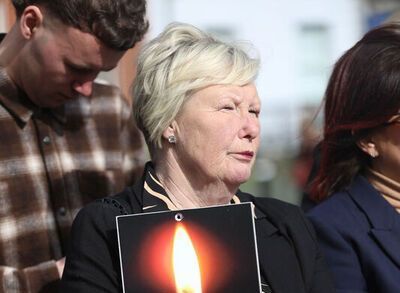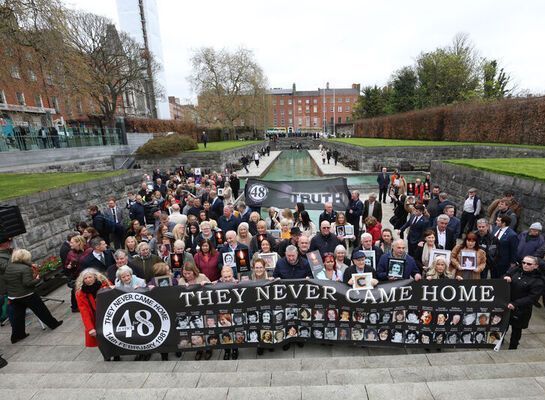[caption id="attachment_71390" align="aligncenter" width="600" caption="James R. Barrett."]
The writer and activist (and later Nobel Peace Prize winner) Emily Greene Balch commented in 1910 that the “newcomers, encountering Irish policemen, Irish politicians, Irish bureaucrats, Irish saloon keepers, Irish contractors, and Irish teachers could be excused for thinking that ‘Irish’ meant American.”
In “The Irish Way,” University of Illinois, Urbana, historian James R. Barrett shows that the Americanization process in multiethnic urban centers “assumed a peculiarly Hibernian cast” in the early decades of the 20th century.
The Irish in this story are of the second and third generations, those shaped “not in the countryside but in the streets of America’s largest cities.” Barrett’s is a street-level view, focusing, he says, on the influence of priests, educators, gangsters, ward heelers, union activists and vaudeville entertainers.
What is your writing routine? Are there ideal conditions?
I wish I could say that I was disciplined and regular in my habits, but there are usually so many things going on that I simply write whenever I can get blocks of time. I write best in the mornings (aging brain cells) and then I do revising and editing later in the day. If there are ideal conditions, I’ve not found them. My favorite writing space is a little apartment in Chicago with no phone and no internet service. It is in the middle of the city -- the subject for a lot of my work. I look out the window every once in a while or take a walk around the city. Otherwise, I sit and work. I love it.
What advice do you have for aspiring writers?
Ask trusted friends and colleagues to read your work, but stick to your own instincts. Be prepared to work very hard and for motivation remember that writing can and should change the world.
Name three books that are memorable in terms of your reading pleasure.
“Brooklyn: A Novel,” by Colm Toibín: a young immigrant makes her way in an Irish-American enclave and in the broader, diverse society of New York.
“Final Payments,” by Mary Gordon: her first novel, about an Irish American woman negotiating family, love, and the Church – no one said it was going to be easy.
“A Song for Mary,” by Dennis Smith: the fireman-writer’s memoir of growing up in Hell’s Kitchen and his mother’s crusade to hold the family together in the face of poverty. It reminded me of my own mom.
What book are you currently reading?
Usually two or three at a time – right now: “Malcolm X,” by Manning Marable and “Irish on the Inside,” by Tom Hayden. It is important to remember from whence we came.
Is there a book you wish you had written?
“Five Points: The Nineteenth Century New York City Neighborhood that Invented Tap Dance, Stole Elections, and Became the World’s Most Notorious Slum,” by Tyler Anbinder.
Name a book that you were pleasantly surprised by.
“In the Memory of the Forest: A Novel,” by Charles T. Powers: dark secrets lay buried in a small town as the Communist government of Poland begins to collapse. A kind of a mystery, but profound on the implications of remembering and forgetting our history.
If you could meet one author, living or dead, who would it be?
John Steinbeck – he understood American society and culture.
What book changed your life?
“Black Boy” by Richard Wright. When I read it at age 16, it moved me to think about my own background; about race – the central problem in U.S. history; and about my city, Chicago.
What is your favorite spot in Ireland?
For beauty, the Fijord at Leenane. For history, the courtyard of Kilmainham Jail, Dublin.
You're Irish if . . .
You feel an obligation to stick up for the little guy … and you get in a lot of fights.
“The Irish Way” is published in hardcover by the Penguin Press. It is priced at $29.95.










